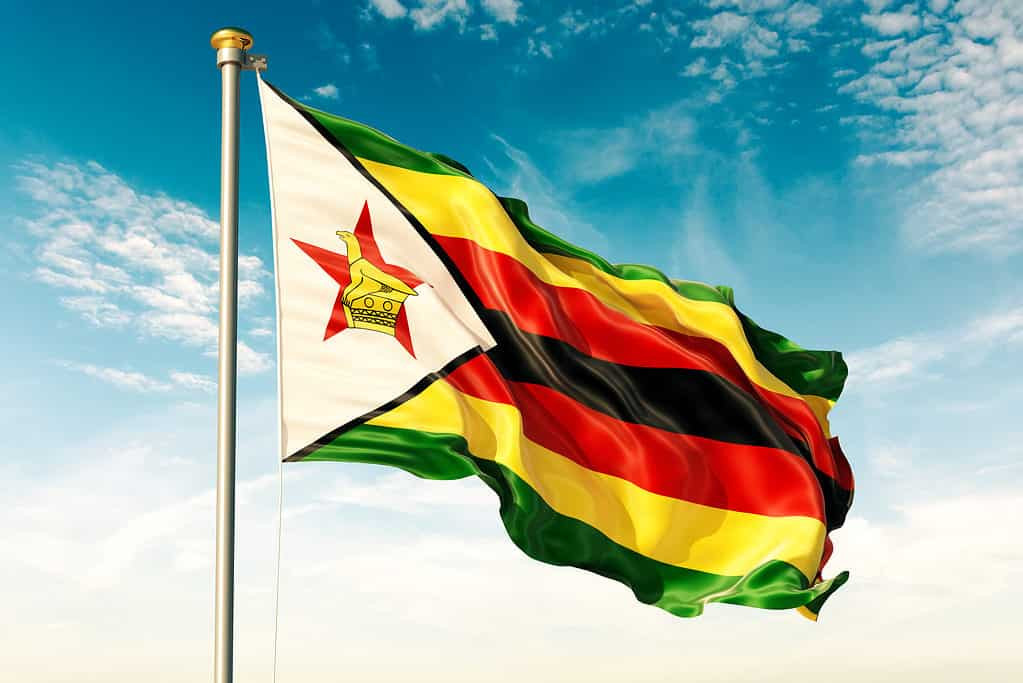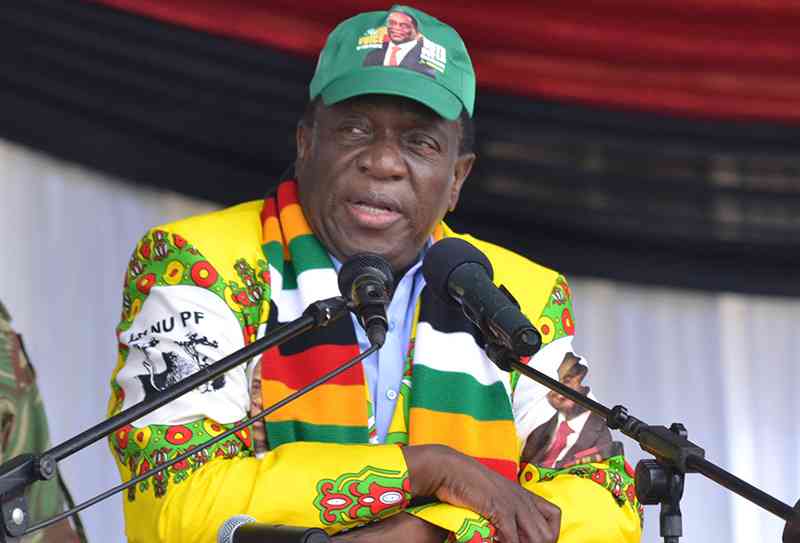
ZIMBABWE is now trapped in debt distress due to government’s unbridled violations of legal and institutional frameworks that govern debt management, a report has revealed.
An analysis done by the Zimbabwe Coalition on Debt and Development (Zimcodd) revealed that unsustainable public borrowing had emerged as one of the biggest challenges stifling economic growth and development in the country.
“Zimbabwe has a medium-term debt management strategy (2022-25). Despite this, the government is oftentimes violating the legal and institutional frameworks that govern aspects of debt management including the continuous by-passing of Parliament’s oversight role in debt management,” the report read.
Then Finance minister Mthuli Ncube last year approached Parliament seeking condonation for unauthorised expenditure amounting to US$100,7 billion in 2020 and US$6,8 billion for 2019.
Then Auditor-General Mildred Chiri in her 2020 annual report exposed how Ncube unconstitutionally transferred over US$100 billion to line ministries without parliamentary approval, taking advantage of poor accounting systems at Treasury.
“Zimbabwe’s total public and publicly guaranteed debt is now unsustainable as it consumes 99,6% of the 2022 national output (GDP) contravening the provisions of the Public Debt Management Act requiring a debt-to-GDP threshold of 70%. Consequently, the nation is trapped in debt distress, that is, the inability to fulfil financial obligations, and debt restructuring is required,” the Zimcodd report read.
“This is evidenced by arrears and penalties constituting 52,1% of total external PPG debt or 78% of combined bilateral and multilateral creditors estimated at US$8,59 billion.
“A high debt-to-GDP ratio indicates that public debt is growing faster than national income, thus showing a very low capacity to meet financial obligations when they fall due.”
- Sakunda hail SA stadia tour
- Rufaro Stadium refurb gathers momentum
- Huge incentives for DeMbare, Bosso
- Chiri vows to stop looting
Keep Reading
On the domestic front, Treasury owes US$5,2 billion.
“The increase in domestic debt between September 2022 (US$3,6 billion) and December 2022 (US$5,2 billion) is attributable to the reclassification of blocked funds as domestic debt following the assumption of these from the RBZ by Treasury,” the report read.
Zimcodd implored government to resolve the debt crisis to enable it to mobilise domestic resources, unlock new capital inflows, and reduce pressure on the fiscus.
“There must be full disclosure of public borrowings and public debt to increase oversight of public borrowings, ensuring transparency and accountability.
This includes, inter alia, regular debt audits, full involvement of Parliament and civil society organisations, full disclosure of all debt information, and implementation of recommendations from the supreme audit institutions.”











